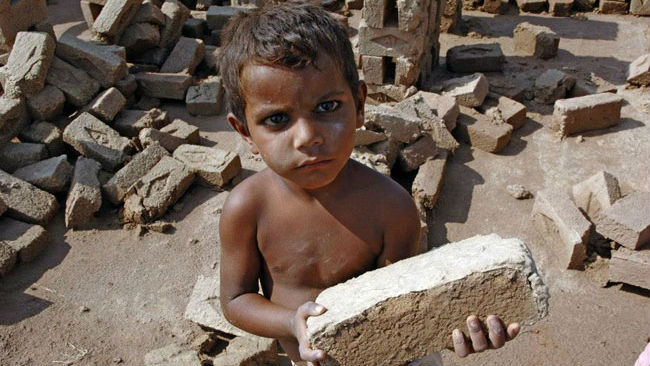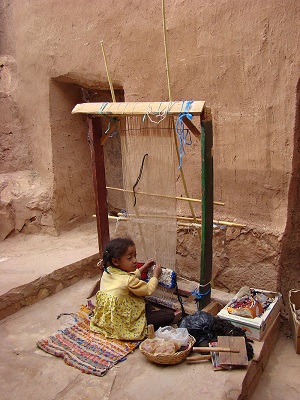Child Labor in Supply Chains: "It's Everyone's Business"

By MarEx
By Guy Ryder 2016-06-09 23:51:14
 ILO Director-General Guy Ryder calls for everyone to act together, as within their means, to end child labor as World Day against Child Labor approaches (June 12):
ILO Director-General Guy Ryder calls for everyone to act together, as within their means, to end child labor as World Day against Child Labor approaches (June 12): That child labor has no place in well-functioning and well-regulated markets is evident. But the reality is that today, child labor remains widespread in supply chains.
It is unacceptable that there are still 168 million children in child labor, 85 million of whom are in hazardous work. Child labor is found in agriculture – 99 million – to mining, from manufacturing to tourism, producing goods and services consumed by millions every day.
 Child labor occurs predominantly in the rural and informal economies, beyond the reach of labor inspection, the protection of workers’ organizations or the governance benefits of employers’ and producers’ organizations.
Child labor occurs predominantly in the rural and informal economies, beyond the reach of labor inspection, the protection of workers’ organizations or the governance benefits of employers’ and producers’ organizations. It’s not just the lack of institutional protection in the rural and informal economies that increases the risk of child labor in supply chains; in household production and on family farms, children are often highly vulnerable because parents’ incomes are insufficient or because small family enterprises and farms cannot afford to replace child labor by hiring adults and youth. Piece rate production increases the risk with child labor helping parents to make up quotas and to assure family survival when parents are not earning a living wage.
Global supply chains can offer opportunities for inclusive development for supplier firms, workers and host countries, but targeted action is needed to assure just outcomes.
 Beyond child labor in high profile, global supply chains, many child laborers are also found in supply chains producing for local and national consumption and they must not be ignored.
Beyond child labor in high profile, global supply chains, many child laborers are also found in supply chains producing for local and national consumption and they must not be ignored. There are encouraging signs of a will to act and to prevent child labor, to achieve greater transparency and visibility along supply chains as well as more effective enforcement of relevant laws.
The ILO’s Minimum Age Convention, 1973 (No. 138) has been ratified by 168 member States and the Worst Forms of Child Labour Convention, 1999 (No. 182) by 180 – near universal ratification.
Governments are recognizing that the fight against child labor requires coherent policy packages to back child labor legislation: quality education, social protection and decent jobs for parents.
Companies are increasingly exploring how they might contribute to eliminating child labor by strengthening the capacity of enterprises throughout their supply chains – a complex task requiring partnerships involving governments, industry peers and employers’ and workers’ organizations. Forums such as the ILO’s Child Labour Platform allow enterprises to share good practices and develop new models for collaboration.
 Global Framework Agreements between global trade union federations and multinational companies are one expression of global cooperation through social dialogue. At the grassroots of value chains too, rural workers’ and informal workers’ organizations are expanding innovative approaches to strengthen collective representation.
Global Framework Agreements between global trade union federations and multinational companies are one expression of global cooperation through social dialogue. At the grassroots of value chains too, rural workers’ and informal workers’ organizations are expanding innovative approaches to strengthen collective representation. The ILO’s Tripartite Declaration of Principles concerning Multinational Enterprises and Social Policy of 1977 recognizes the role of enterprises in the elimination of child labor. With its focus on development and strengthening of enterprise capacity and social dialogue, this Declaration holds great potential to guide action against child labor.
The 2030 Sustainable Development Agenda reaffirms the goal of ending child labor. Acting together, it is within our means, to make the future of work a future without child labor.
*
To support businesses in their actions to remove child labor from their supply chains, the ILO and the International Organisation of Employers (IOE) have jointly created the Child Labor Guidance Tool, a resource for companies to increase their knowledge and ability to conduct business in line with international labor standards on child labor. More information is available here.